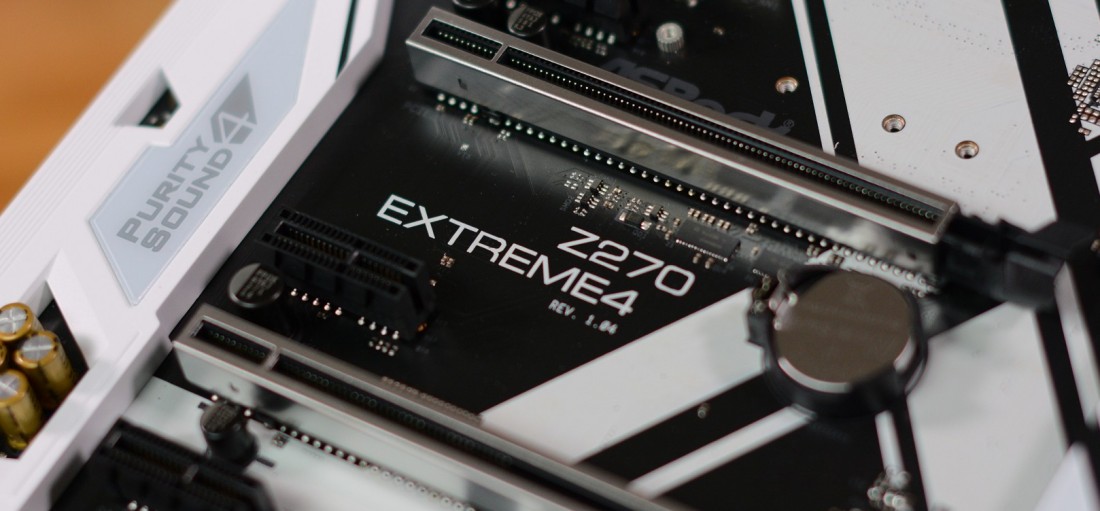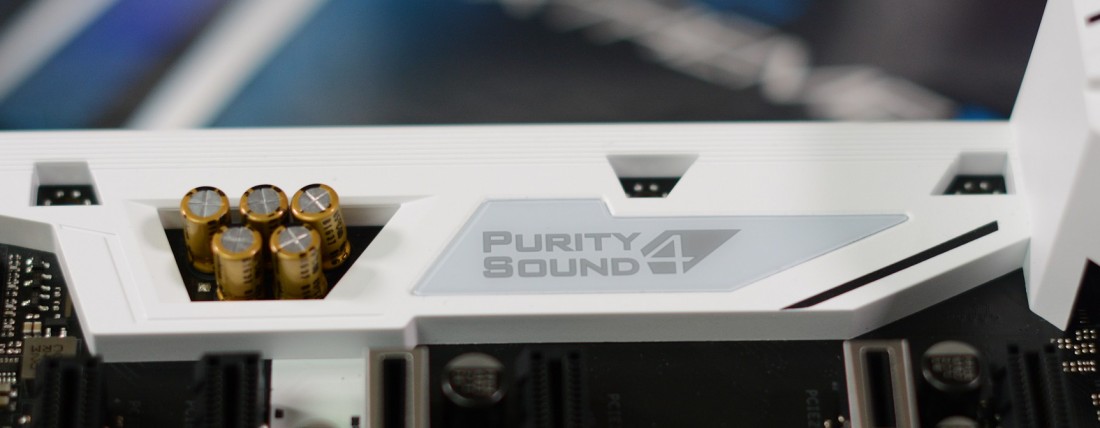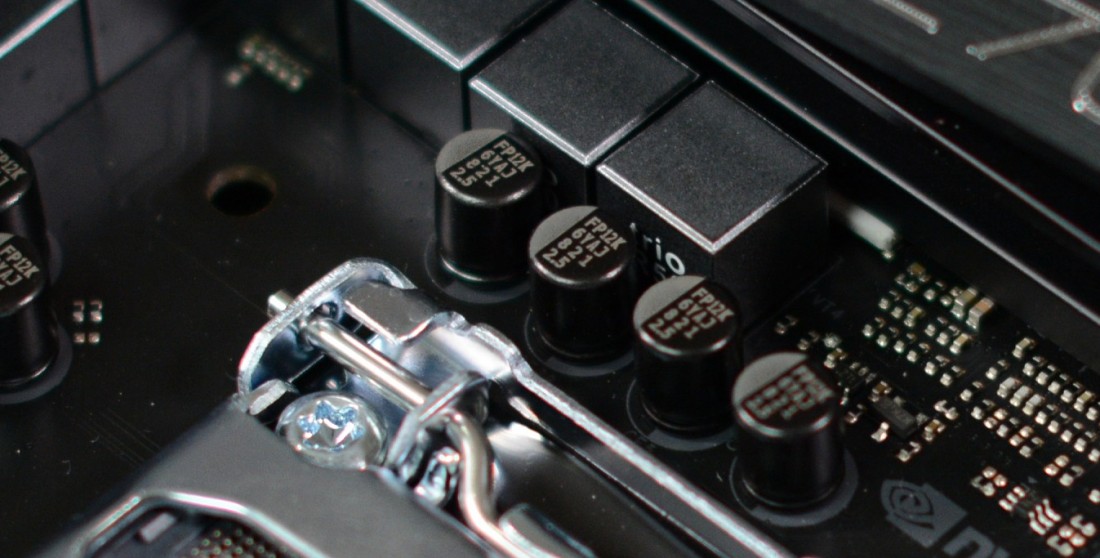Kick starting 2017, Intel's Kaby Lake processors brought minor performance improvements to Skylake on what might as well be described as factory overclocking. Unfortunately, just about everything down to the IPC performance remained unchanged.
It could be argued Intel's accompanying 200-series chipsets saw more notable upgrades than the CPUs themselves, but even those were essentially limited to a few extra PCIe lanes and support for Intel Optane Technology.
Making the release more exciting, board partners including Gigabyte and Asrock launched alongside some drool-inducing motherboards. Since then, Asrock has sent half a dozen new Z270 motherboards our way, so we thought it was about time we looked at a few of them. Starting with the Z270 Extreme4 and then we'll check out the Fatal1ty Z270 Gaming K6 which we previewed in our Kaby Lake review.
Both boards feature similar layouts and designs, but we're betting there's more that separates them from Intel's standard spec as Z270 Extreme4 is priced at $150 and the Fatal1ty Z270 Gaming K6 is $170 – not the highest-end models but also not entry-level, so we're keen to see what's hiding under the hood.
Asrock Z270 Extreme4
For a $150 motherboard sporting Intel's flagship chipset, the Z270 Extreme4 seems quite feature packed and it's certainly no eye-sore either. The black PCB has been branded with a large white X which obviously points to this being an 'extreme' series motherboard. The design is very cool and the X ties in with the chipset heatsink and I/O cover. Of course none of this is really important as it doesn't improve performance, stability or reliability, it just looks cool and most PC enthusiasts will appreciate that.
Moving past the Extreme4's makeup, we find a rather substantial feature set. The sound hardware alone is comprised of Nichicon fine gold series audio caps, a 120dB SNR DAC with differential amplifier, a TI NE5532 headset amplifier for front panel audio supporting up to 600 Ohm headsets, isolated PCB shielding, individual PCB layers for the right and left audio channels, 15μ gold audio connectors and support for DTS connect, courtesy of Asrock's built-in Purity Sound 4 audio solution which takes advantage of the Realtek ALC1220 audio codec.
The networking support is basic but not low quality. The board features a single Gigabit LAN port and it's connected to the Intel I219V chip for Wake-On-LAN, Lightning/ESD Protection (Asrock Full Spike Protection), Energy Efficient Ethernet 802.3az and PXE support.
There are plenty of USB 3.0 ports onboard as well as a few USB 3.1 (10Gb/s) ports. Asrock has also included the ASMedia ASM1074 hub which provides an additional USB 3.0 header. The I/O panel includes a USB 3.1 Type-A and Type-C port and I will talk more about the I/O panel connectivity shortly.
Other unique features include a premium 45A power choke, memory alloy choke (Reduces 70% core loss compared to iron powder choke), Nichicon 12K black caps (100% Japan made high quality conductive polymer capacitors), Asrock Intel 4-Layer Memory POOL (Planes on Outer Layers) Technology, steel PCIe x16 slots and Asrock Full Spike Protection.
The storage setup is also basic for a Z270 motherboard, though the Z270 Extreme4 still boasts half a dozen SATA 6GB/s ports and a pair of M.2 ports, Ultra M.2 ports in this case. The M.2 ports support type 2230/2242/2260/2280/22110 devices using either the SATA 6Gbps or PCI Express Gen3 x4 (32Gb/s) interfaces. Additionally, Asrock has included an ASMedia ASM1061 chip for an additional two SATA 6Gbps ports.
Rounding out the features worthy of mention are 15μ gold contacts for the DIMM and PCIe slots, a pair of AMI UEFI BIOS chips with multilingual GUI support (1 x Main BIOS and 1 x Backup BIOS), along with the M.2 slot (Key E) supporting type 2230 Wi-Fi/BT modules.
Around at the I/O panel we find a single PS/2 port support for either a legacy keyboard or mouse, four USB 3.0 ports, two USB 3.1 ports, VGA, DVI, HDMI, Gigabit LAN, five audio jacks and a S/PDIF port. Please note that the Type-C port only supports the USB 3.1 interface and not Thunderbolt 3. For Thunderbolt support users will need to purchase Asrock's Thunderbolt AIC card separately and only one card is supported.
Asrock Fatal1ty Z270 Gaming K6
Having explored the 'Extreme' model, let's see what Asrock has whipped up for gamers with its Fatal1ty brand series. The Fatal1ty Z270 Professional Gaming i7 is the king of the hill for the LGA1151 socket but it's also upward of $200 so we felt the Gaming K6 version was better priced for comparison with the Extreme4.
The gaming-oriented features include SoundBlaster's Cinema3 software and an extra Intel Gigabit LAN port, but beyond that we have what looks to be essentially the same motherboard with a different color scheme. Truth be told, even the audio solutions are virtually identical, the gaming model just adds support for Creative's software to provide greater control over your sound.
The additional wired network connection is handled by the Intel I211AT chip while the Intel I219V is also being used again. Wi-Fi isn't included out of the box with this board either, but Asrock did add an M.2 Socket (Key E) supporting a type 2230 Wi-Fi/BT module.
Gamers thinking about buying this board have to ask themselves if having an extra Gigabit network connection and Creative Sound Blaster Cinema 3 support is worth an additional $20.










